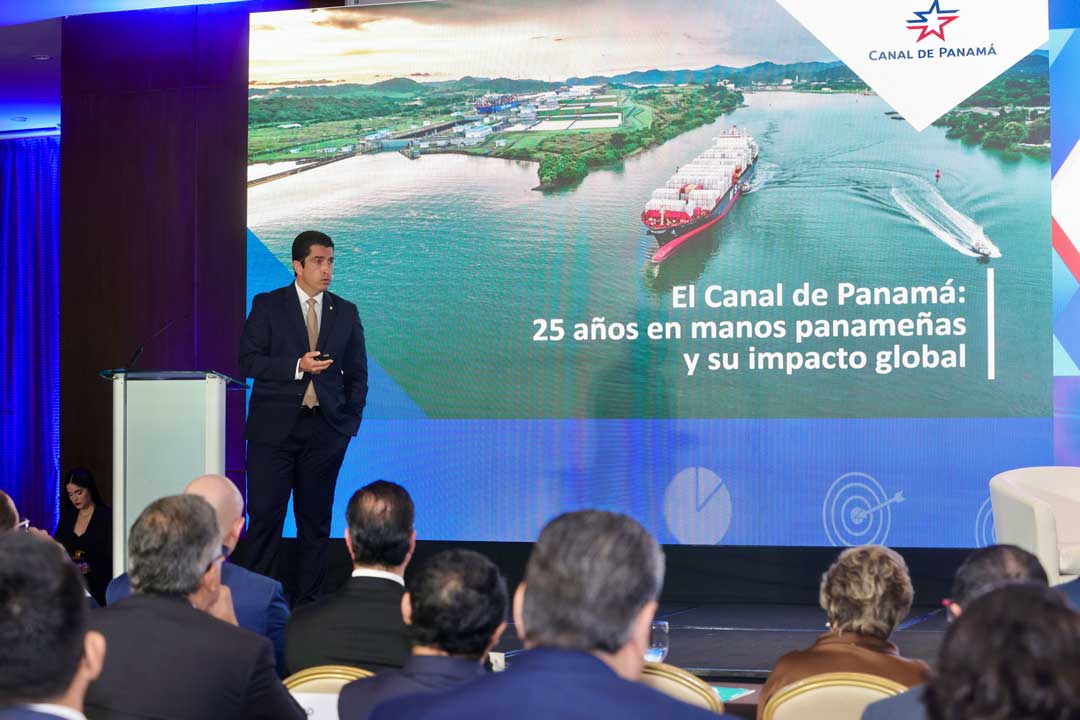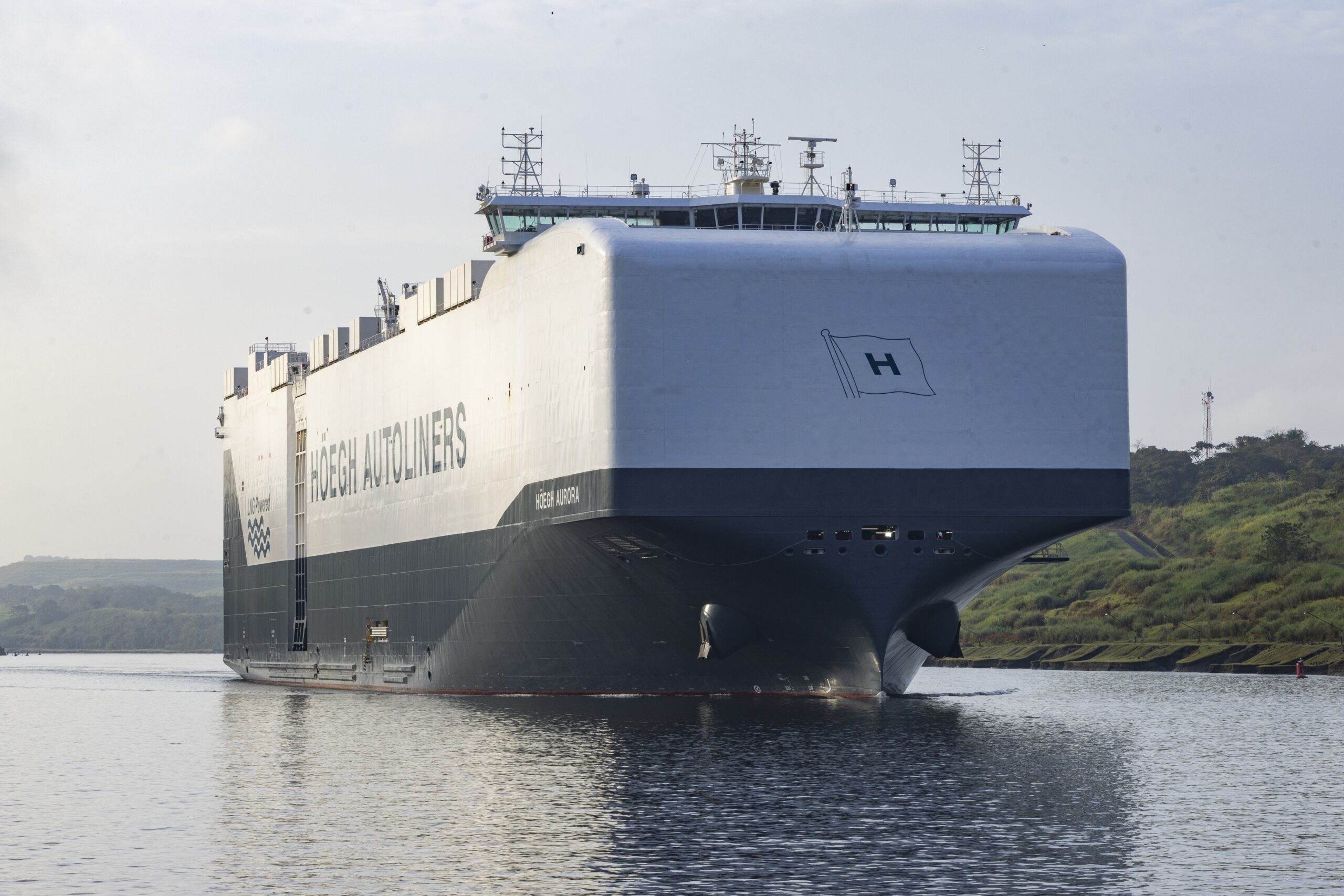- The Green Connection Award to be given in recognition of customer efforts to reduce greenhouse gas emissions
Panama City, Panama, July, 23, 2016 – The Panama Canal has announced the launch of the Green Connection Award, a new initiative to recognize customers who demonstrate excellent environmental stewardship, and to encourage others to implement technologies and standards to help reduce greenhouse gas emissions.
Panama Canal customers that meet and exceed environmental standards set by the International Maritime Organization (IMO) and/or other globally recognized standards will be considered. The Panama Canal will evaluate eligible candidates based on specific environmental factors, such as the Energy Efficiency Design Index (EEDI), Environmental Ship Index (ESI), amount of nitrous oxides they emit due to engine performance, vessels powered by Liquefied Natural Gas (LNG) and the amount of carbon dioxide (CO2) emissions they reduce by using of the Panama Canal compared to alternate routes.
The decision to establish the Green Connection Award is in line with the Canal’s ongoing commitment to sustainability. The Canal offers unmatched advantages to help the shipping industry mitigate the environmental impact of their operations. Over the last 101 years, the Canal has directly contributed to the reduction of 650 million tons of carbon dioxide (CO2) emissions. And thanks to the shorter traveling distance and larger cargo carrying capacity that the Expanded Canal offers its customers, it will reduce an estimated of 160 million tons of CO2 emissions in the next 10 years.
In addition to reducing its carbon footprint, the Panama Canal Authority has been dedicated to the management and operations of the Canal, and preserving the natural resources of the Canal Watershed. The adoption of international standards and the incorporation of innovative environmental initiatives play a key role in the development and preservation of the Panama Canal Watershed, which is vital to the operation of the Panama Canal and the 1.9 million Panamanians who rely on it for drinking water.
To further ensure the sustainability of the route, the Expanded Panama Canal features 18 innovative, state-of-the-art water-savings basins that recycle 60 percent of the water used per lockage, saving 7 percent more water than the original locks-a significant savings considering the sheer size of the Expanded Canal locks in comparison to those of the original waterway.
“These sustainability initiatives reiterate the Canal’s commitment to being a global maritime industry leader, while actively sustaining the environment of Panama,” said Carlos Vargas, Executive Vice President for Environment, Water and Energy. “Through international compliance, water resource management, reforestation and other environmental strategies, we ensure the continued conservation of the Watershed, guaranteeing the viability of the waterway for centuries to come.”
The first Green Connection Award will be given to the first liquefied natural gas (LNG) ship to transit the expanded Canal early next week.
About the Panama Canal Authority
The Panama Canal is run by an autonomous agency of the Government of Panama in charge of managing, operating and maintaining the Panama Canal. The operation of the Panama Canal Authority (ACP) is based on its organic law and the regulations approved by its Board of Directors. For more information, please refer to the ACP’s website: http://www.pancanal.com or follow us on Twitter @thepanamacanal.
About the Panama Canal Expansion
The Panama Canal Expansion is the largest enhancement project since the Canal’s opening in 1914. Considered and analyzed for a decade with more than 100 studies, the Expansion provides the world’s shippers, retailers, manufacturers and consumers with greater shipping options, better maritime service, enhanced logistics and supply-chain reliability. The Expansion included the construction of a new set of locks on the Atlantic and Pacific sides of the waterway, creating a third lane of traffic and doubling the cargo capacity of the waterway. While the Expanded locks are 70 feet wider and 18 feet deeper than those in the original Canal, they use less water due to water-savings basins that recycle 60 percent of the water used per transit. In line with its commitment to customer service, the Panama Canal will continue to provide the world with value for another century and beyond.




